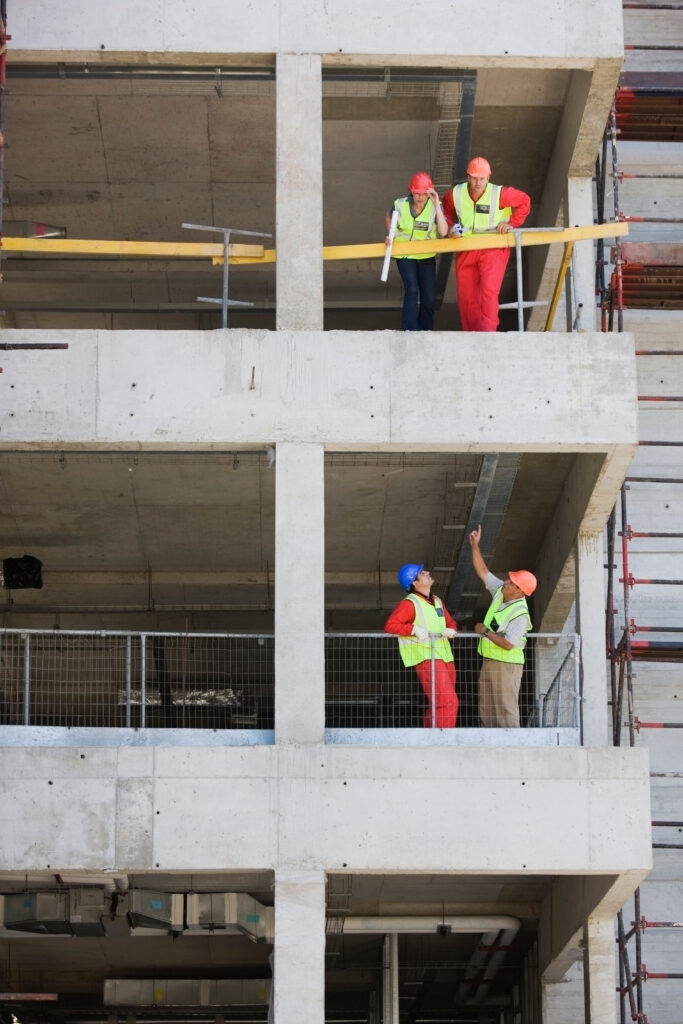Across the U.S., hospitals are racing to expand—adding ICU capacity, upgrading surgical suites, and integrating smarter, more efficient technologies. But many of these efforts hit a frustrating and expensive roadblock: unseen structural issues buried within older buildings.
While leadership teams focus on blueprints and budgets, what lies behind walls, beneath floors, and above ceilings can derail timelines and threaten project viability—before construction even begins.

What’s Hiding Behind the Drywall?
Older hospital buildings, especially those built in the 1950s–1980s, often conceal structural limitations that clash with today’s expansion needs. These problems only come to light during renovation or pre-construction work, leading to unexpected delays.
Some of the most common issues include:
- Weak structural support unable to bear the weight of modern medical equipment or new construction.
- Obsolete building materials that no longer meet fire, seismic, or health safety codes.
- Hazardous substances like asbestos, mold, or lead that require remediation before any work can proceed.
- Unmapped mechanical systems, including outdated plumbing and electrical networks that complicate redesigns.
The result? Timelines are pushed back, budgets balloon, and hospital services are left in limbo.
When Delays Go Beyond Dollars
These structural complications aren’t just logistical—they directly impact patient care and operational efficiency. Expansion delays can lead to:
- Increased patient wait times
- Overcrowded emergency departments
- Deferred service launches (e.g., new diagnostic units or specialty wings)
- Financial penalties from missed regulatory milestones
In competitive healthcare markets, stalled upgrades can also damage a hospital’s reputation and reduce its ability to attract top-tier talent or funding.

Getting Ahead of Hidden Structural Risks
To avoid being blindsided, forward-thinking healthcare leaders are shifting toward proactive infrastructure planning, including:
- Comprehensive structural and environmental audits before any expansion is approved.
- Advanced scanning technologies (like 3D imaging or ground-penetrating radar) to detect unseen risks.
- Consultation with facility historians or architects familiar with legacy buildings.
- Flexible, modular designs that adapt to existing constraints and reduce onsite construction time.
Rethinking Expansion in a Legacy Environment
Expanding a hospital is no longer just about adding space—it’s about modernizing within the framework of the past. Structural surprises can delay progress, inflate costs, and compromise care delivery if not addressed early.
As the pressure mounts to deliver smarter, safer, and more efficient facilities, recognizing and planning for these hidden challenges becomes essential. Because in healthcare, every day lost to delays is a day patients and providers go without the tools they need most.







